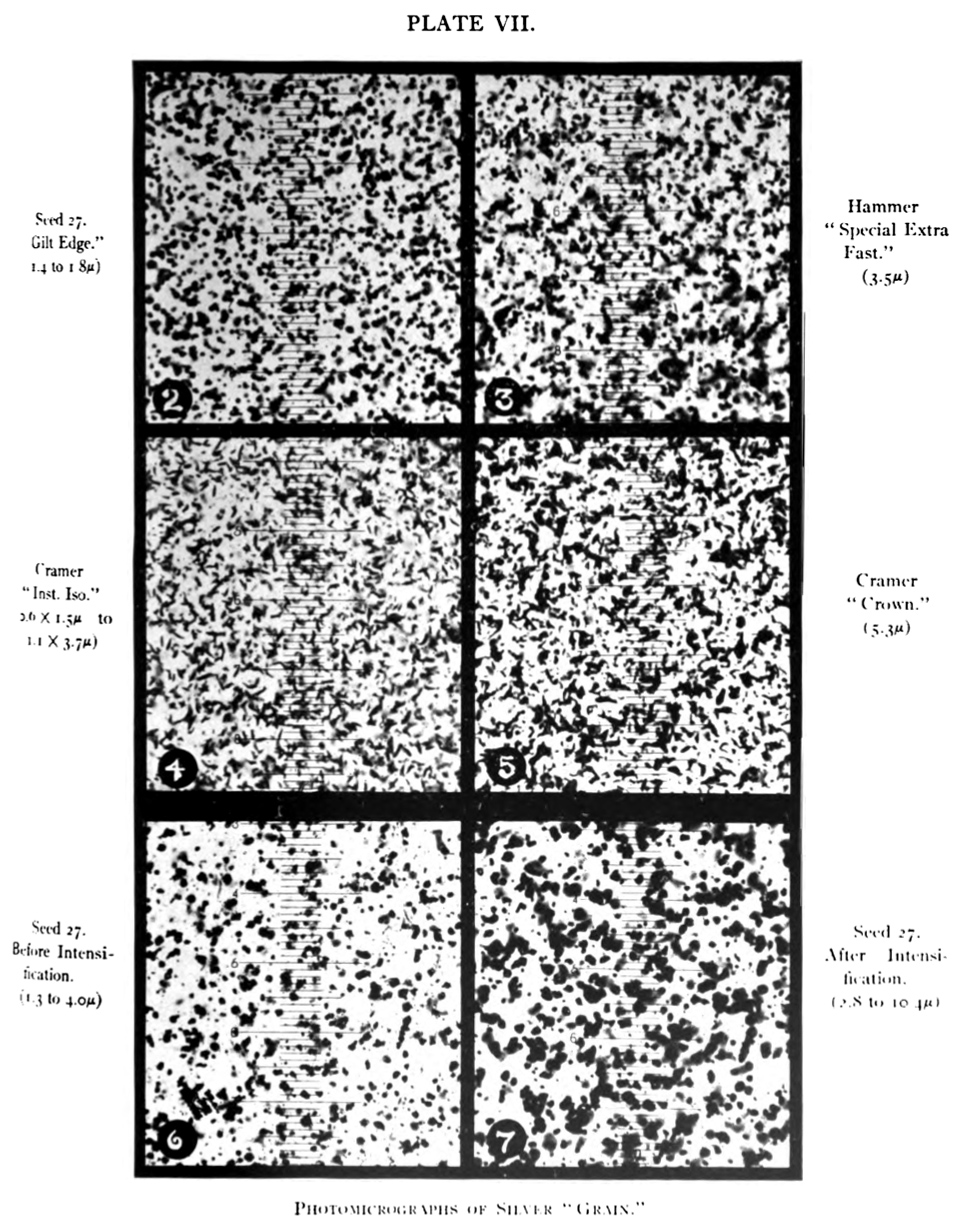|
Film Emulation
Film emulation describes a series of techniques used to give images captured digitally the appearance of being captured with photochemical film. The techniques involve manipulating specific characteristics like film grain, halation, light reflection, bloom, film artifacts, etc. To emulate film, those characteristics are studied and mathamatical algorithms are developed using the resulting data. These algorithms can then be applied to the digital files. The results are images which closely resemble photographs or motion pictures captured on analogue media, even though they were taken digitally. Emulation techniques Colour Photochemical film colour response refers to the colours film produces when hit by specific wavelengths of light from the scene. Because all photography inherently loses data with capture, this colour response is not accurate to life. Different film stocks have different colour responses. As part of the design process of film stocks, colour scientists and chemi ... [...More Info...] [...Related Items...] OR: [Wikipedia] [Google] [Baidu] |
Film Grain
Film grain or film granularity is the random optical texture of processed photographic film. Film grain develops due to the presence of small particles of a metallic silver, or dye clouds, developed from silver halide that have received enough photons. While film grain is a function of such particles (or dye clouds) it is not a particle but an optical effect. The magnitude of the effect (also known as amount of grain) depends on both the film stock and the definition at which it is observed. It can be objectionably noticeable in an over-enlarged film photograph. Chemical background The size and morphology of the silver halide grains play crucial role in the image characteristics and exposure behavior. There is a tradeoff between the crystal size and light sensitivity (film speed); larger crystals have better chance to receive enough energy to flip them into developable state, as they have higher probability of receiving several photons needed for forming the Ag4 clusters that st ... [...More Info...] [...Related Items...] OR: [Wikipedia] [Google] [Baidu] |

